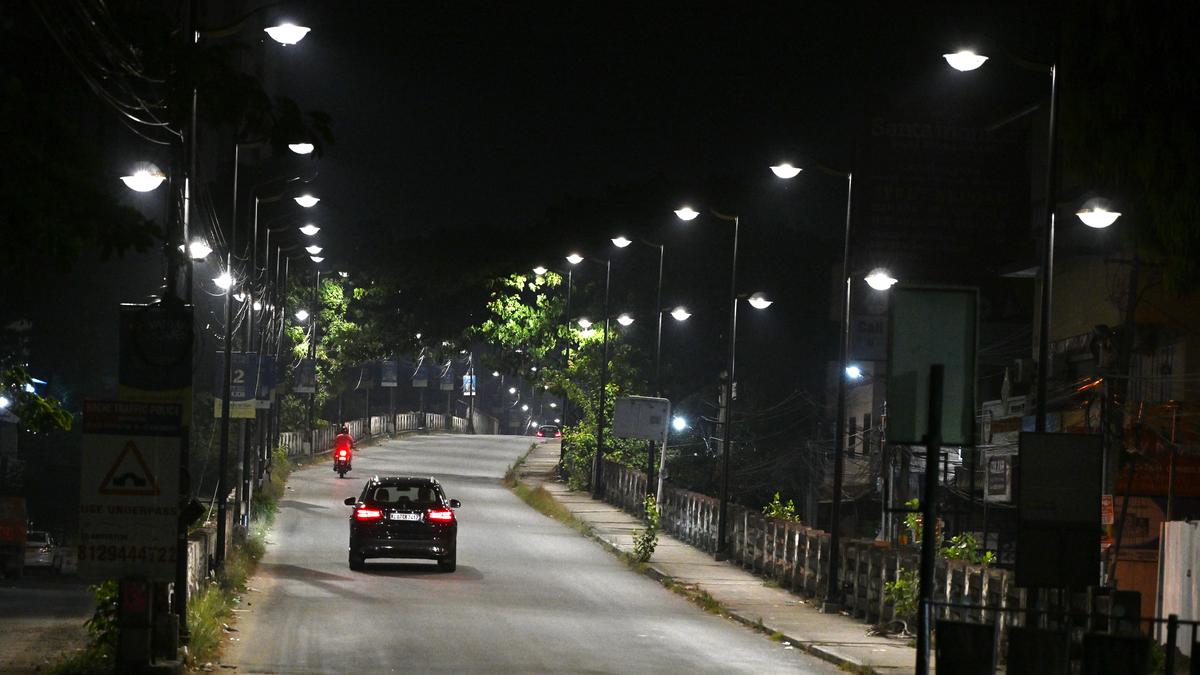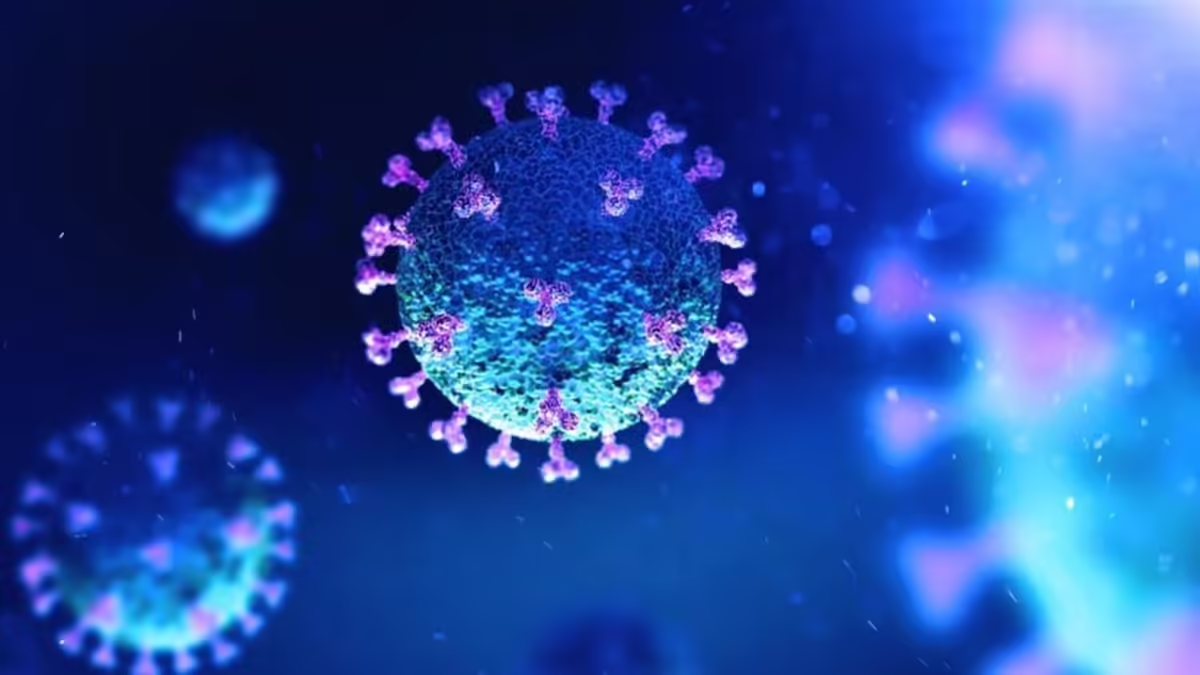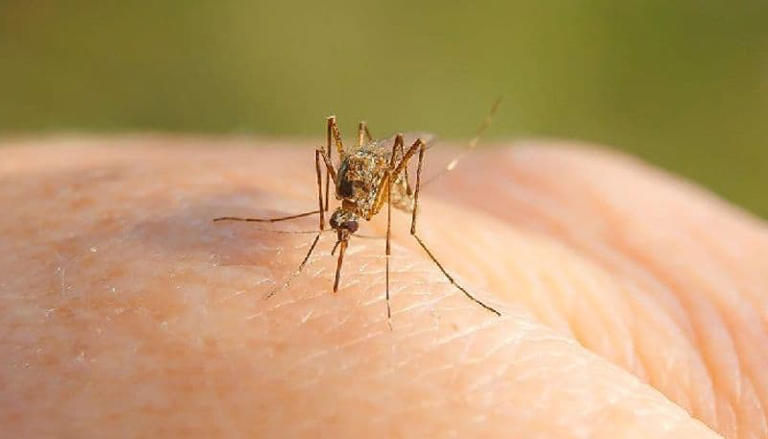The Smart Cities Mission (SCM), a prominent programme of the previous NDA-1 administration, has gotten less attention in this year’s list of election promises and successes.
How does the government define “smart cities”?
- Since 2009, following the massive financial collapse, the phrase ‘Smart City’ has become widely used.
- Smart cities, as defined by urban practitioners, are innovative urban hubs akin to new Silicon Valleys, characterised by robust integration of transportation networks such as airports, highways, and various communication infrastructures, fostering intellectual environments enhanced by advanced information and communication technologies (ICT).
- The Smart Cities Mission is a crucial urban revitalization and retrofitting programme announced by the Indian government in 2015 to transform 100 cities throughout the country into citizen-friendly and sustainable communities.
The Smart Cities Mission (SCM) comprises two primary components:
- Area-Based Development:
This aspect focuses on three components:
- Redevelopment (city renewal) is the revitalization of existing urban districts with the goal of improving infrastructure, amenities, and quality of life.
- Retrofitting (city improvement) is the process of upgrading existing infrastructure and services to match current urban demands and standards.
- Greenfield developments (city extensions): Creating new urban areas or extending existing ones with sustainable and modern infrastructure.
- Pan-City Solutions based on ICT:
This aspect entails creating integrated solutions across several industries utilising Information and Communication Technology (ICT). These solutions often fall into six categories:
- E-governance is the use of digital platforms to make governance procedures more efficient and transparent.
- garbage management entails putting in place mechanisms to collect, segregate, and dispose of garbage effectively.
- Water management involves improving water supply infrastructure and encouraging conservation methods.
- Energy management entails using energy-efficient technology and developing renewable energy sources.
- Urban mobility: Improving transport networks to increase connectivity and alleviate congestion.
- Skill development: Promoting programmes that improve the skills and employability of the urban workforce.
Why is the Smart Cities Mission (SCM) perceived as exclusive by many?
- Limited Geographical Scope: Only a small section of a city’s size, generally less than 1%, was chosen for development under the SCM. For example, in Chandigarh, money were concentrated in sector 43, which prioritised initiatives such as smart water metres and Wi-Fi zones while leaving other regions unaffected.
- Mismatch with Urban Realities: The competitive selection procedure failed to account for India’s diversified and rapid urbanisation. The technique was more suited to static metropolitan environments in the West, rather than the dynamic urban landscapes of Indian cities.
- relocation and Disruption: The implementation of smart city initiatives has resulted in the relocation of individuals living in impoverished neighbourhoods and street sellers.
- Inadequate cash: The overall cash allotted for the SCM was much less than the anticipated amount needed to make Indian cities habitable. According to reports, $1.2 trillion in capital expenditures are required by 2030, while the SCM’s budget is less than $20 billion over nine years.
Did the SCM overturn the 74th constitutional amendment?
- Reduced Role of Elected Councils: The SCM’s governance system restricted the role of elected municipal councils.This was interpreted as going against the decentralised, participatory government style envisioned by the 74th Constitutional Amendment, which sought to strengthen local municipal organisations.
- Top-Down method: Critics said that the SCM’s design was excessively top-down, contrary to the bottom-up method encouraged by the 74th Constitutional Amendment.
Way forward:
- Contextual Planning: Rather than using a one-size-fits-all paradigm, create flexible and adaptive plans that take into account India’s unique and dynamic urbanisation.
- Community Involvement: Include local communities in the planning process to ensure that projects meet the requirements and reality of various metropolitan regions.
Source: http://The Smart Cities Mission (SCM), a prominent programme of the previous NDA-1 administration, has gotten less attention in this year's list of election promises and successes. How does the government define "smart cities"? Since 2009, following the massive financial collapse, the phrase 'Smart City' has become widely used. Smart cities, as defined by urban practitioners, are innovative urban hubs akin to new Silicon Valleys, characterised by robust integration of transportation networks such as airports, highways, and various communication infrastructures, fostering intellectual environments enhanced by advanced information and communication technologies (ICT). The Smart Cities Mission is a crucial urban revitalization and retrofitting programme announced by the Indian government in 2015 to transform 100 cities throughout the country into citizen-friendly and sustainable communities. The Smart Cities Mission (SCM) comprises two primary components: Area-Based Development: This aspect focuses on three components: Redevelopment (city renewal) is the revitalization of existing urban districts with the goal of improving infrastructure, amenities, and quality of life. Retrofitting (city improvement) is the process of upgrading existing infrastructure and services to match current urban demands and standards. Greenfield developments (city extensions): Creating new urban areas or extending existing ones with sustainable and modern infrastructure. Pan-City Solutions based on ICT: This aspect entails creating integrated solutions across several industries utilising Information and Communication Technology (ICT). These solutions often fall into six categories: E-governance is the use of digital platforms to make governance procedures more efficient and transparent. garbage management entails putting in place mechanisms to collect, segregate, and dispose of garbage effectively. Water management involves improving water supply infrastructure and encouraging conservation methods. Energy management entails using energy-efficient technology and developing renewable energy sources. Urban mobility: Improving transport networks to increase connectivity and alleviate congestion. Skill development: Promoting programmes that improve the skills and employability of the urban workforce. Why is the Smart Cities Mission (SCM) perceived as exclusive by many? Limited Geographical Scope: Only a small section of a city's size, generally less than 1%, was chosen for development under the SCM. For example, in Chandigarh, money were concentrated in sector 43, which prioritised initiatives such as smart water metres and Wi-Fi zones while leaving other regions unaffected. Mismatch with Urban Realities: The competitive selection procedure failed to account for India's diversified and rapid urbanisation. The technique was more suited to static metropolitan environments in the West, rather than the dynamic urban landscapes of Indian cities. relocation and Disruption: The implementation of smart city initiatives has resulted in the relocation of individuals living in impoverished neighbourhoods and street sellers. Inadequate cash: The overall cash allotted for the SCM was much less than the anticipated amount needed to make Indian cities habitable. According to reports, $1.2 trillion in capital expenditures are required by 2030, while the SCM's budget is less than $20 billion over nine years. Did the SCM overturn the 74th constitutional amendment? Reduced Role of Elected Councils: The SCM's governance system restricted the role of elected municipal councils.This was interpreted as going against the decentralised, participatory government style envisioned by the 74th Constitutional Amendment, which sought to strengthen local municipal organisations. Top-Down method: Critics said that the SCM's design was excessively top-down, contrary to the bottom-up method encouraged by the 74th Constitutional Amendment. Way forward: Contextual Planning: Rather than using a one-size-fits-all paradigm, create flexible and adaptive plans that take into account India's unique and dynamic urbanisation. Community Involvement: Include local communities in the planning process to ensure that projects meet the requirements and reality of various metropolitan regions.










